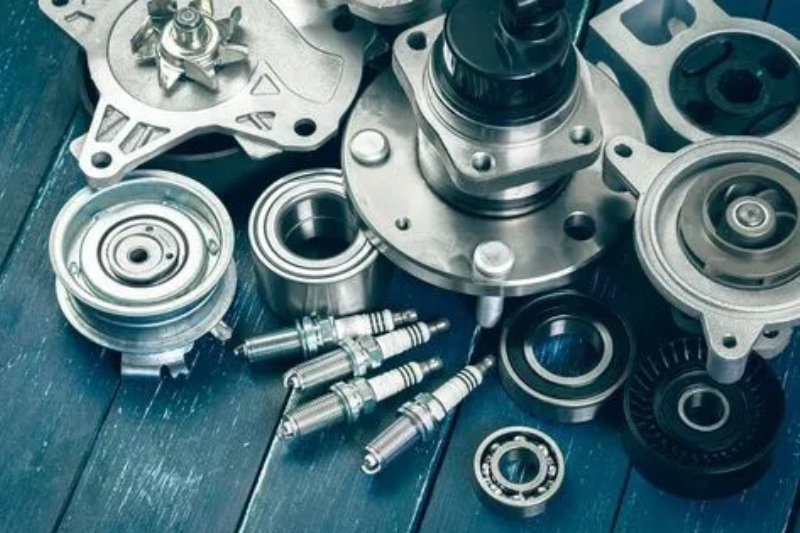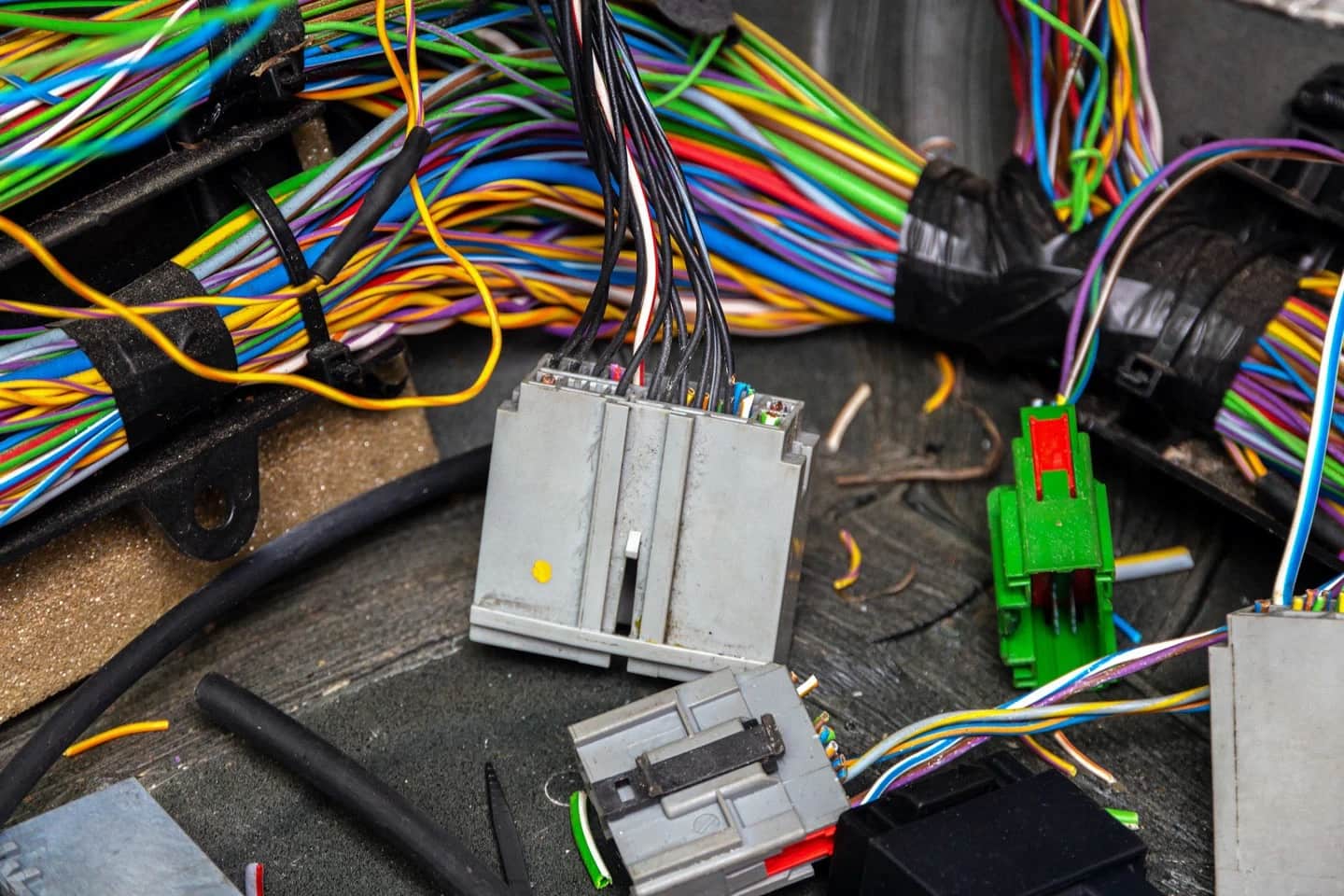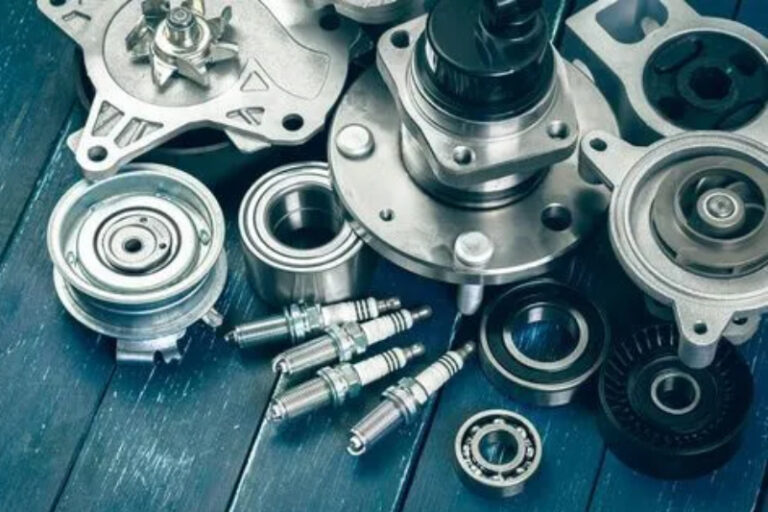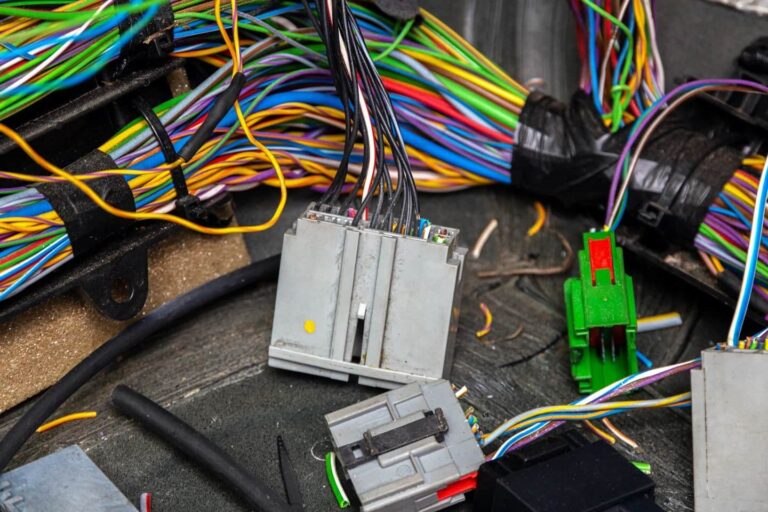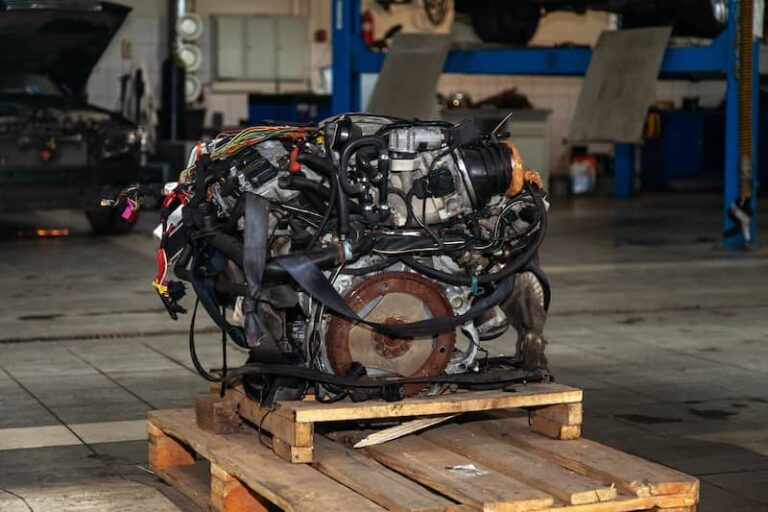Your vehicle’s internal combustion engine produces harmful chemical by-products every time it runs. Modern cars are equipped with advanced emissions-control technologies – oxygen sensors, catalytic converters, EGR valves, EVAP systems, and computer-controlled modules – to reduce pollution and keep the engine running clean and efficient. While these systems are effective, they are not immune to failure. As your car ages, an emissions system problem can develop, leading to poor performance, wasted fuel, increased pollution, and potentially costly repairs if ignored.
Although modern warning systems and sensors help detect issues early, they are not foolproof. Relying solely on electronics is never wise because components can degrade, sensors can provide incorrect readings, and wiring can fail. Recognizing the early signs yourself ensures your vehicle receives timely attention. Below are the five major signs that point to an emissions system problem in your car.
1. Loss of Engine Performance
One of the most common and noticeable symptoms of an emissions issue is reduced engine performance. Because emissions systems such as the EGR valve, oxygen sensors, catalytic converter, and EVAP system work directly with the air–fuel mixture and exhaust flow, any malfunction can disturb engine efficiency.
Key performance-related indicators include:
- Sluggish acceleration, especially when climbing hills
- Hesitation when pressing the gas pedal
- Reduced engine power during normal driving
- Rough idle or vibrations at stoplights
- Noticeable drop in throttle response
A clogged catalytic converter, for example, becomes packed with soot and debris over time. This blockage causes excessive back pressure, which restricts exhaust flow. As a result, the engine can’t expel gases efficiently, causing performance loss and even stalling. Similarly, an oxygen sensor that sends incorrect data to the ECU can cause the air-fuel mixture to run too rich or too lean, both of which harm performance and fuel economy.
2. Smell of Exhaust Gas
The smell of exhaust fumes or gasoline while driving is a strong indication that something is wrong with your emissions system. You should never inhale exhaust fumes – they can be dangerous and even life-threatening.
Common reasons for exhaust or fuel smells include:
- A damaged or rusty exhaust pipe leaking fumes
- A crack in the manifold near the engine
- A faulty seal allowing exhaust gases to escape
- EVAP system malfunction, causing fuel vapors to leak
- A loose fuel cap letting vapors escape instead of recirculating
If the EVAP system fails, gasoline vapors that are supposed to be captured and reused escape into the air, creating a strong fuel smell. Not only is this harmful to the environment, but it also wastes fuel and triggers diagnostic trouble codes.
An exhaust leak, on the other hand, can be particularly dangerous because fumes can enter the cabin. This issue should be addressed immediately to avoid health risks.
3. Low Fuel Efficiency
A sudden drop in fuel economy is another major sign of a failing emissions system. When your emissions components malfunction, the engine compensates by burning more fuel than necessary.
Low fuel efficiency is commonly caused by:
- EVAP system failure causing fuel vapor loss
- Faulty oxygen sensor sending incorrect data to the ECU
- A clogged or failing catalytic converter
- A malfunctioning EGR valve affecting combustion temperature
- Exhaust manifold leaks altering the air–fuel ratio
You might notice you’re filling up the tank more frequently even though your driving habits haven’t changed. If fuel efficiency continues dropping, this may lead to overheating, misfires, or long-term engine damage. Addressing the issue early prevents higher repair bills later.
4. Check Engine Light
Since the emissions system does not have its own dedicated dashboard warning light, any emissions-related issue triggers the check engine light (CEL). Modern vehicles constantly monitor emissions performance through multiple sensors.
Common emissions-related reasons for a CEL include:
- Faulty oxygen sensor
- Catalytic converter inefficiency
- EVAP leak detected
- Faulty mass air flow (MAF) sensor
- EGR valve stuck open or closed
Sometimes the check engine light appears due to temporary electrical interference or a minor sensor glitch. However, if the light stays on or begins flashing, a diagnostic check is important. A flashing check engine light usually indicates a severe misfire that can damage the catalytic converter if ignored.
5. Failing an Emissions Test
Every modern vehicle is designed to pass standard emissions regulations. If your car fails an emissions test, it is a clear sign of a problem within the exhaust or emissions control systems.
Failing may be caused by:
- A blocked catalytic converter unable to filter harmful gases
- A malfunctioning EGR valve not reducing NOx emissions
- Vacuum leaks affecting the fuel mixture
- EVAP leaks causing excessive hydrocarbons
- Faulty sensors causing incorrect combustion readings
The upside is that most emissions-related failures store trouble codes in the OBD system. A mechanic can read these codes to pinpoint the issue. Fixing the emissions components not only helps you pass the test but also restores fuel economy and engine health.
FAQs
Common causes include failing oxygen sensors, clogged catalytic converters, EVAP leaks, damaged exhaust pipes, faulty EGR valves, or aged wiring and connectors. Over time, heat, corrosion, and contaminants break down these components.
You can drive temporarily, but it is not recommended. Emissions issues can affect engine performance, fuel economy, and safety. Continuing to drive may cause damage to the catalytic converter or engine.
A failing catalytic converter typically shows symptoms such as rotten egg smell, poor acceleration, rattling noises under the car, overheating, and triggered check engine light with P0420 or similar codes.
Yes. A loose or damaged fuel cap is one of the most common triggers for an EVAP system error. It causes fuel vapors to escape, reducing efficiency and turning on the check engine light.
Most experts recommend checking the emissions system at least once a year or whenever the check engine light appears. During scheduled maintenance, mechanics inspect sensors, hoses, and exhaust components for early signs of trouble.



